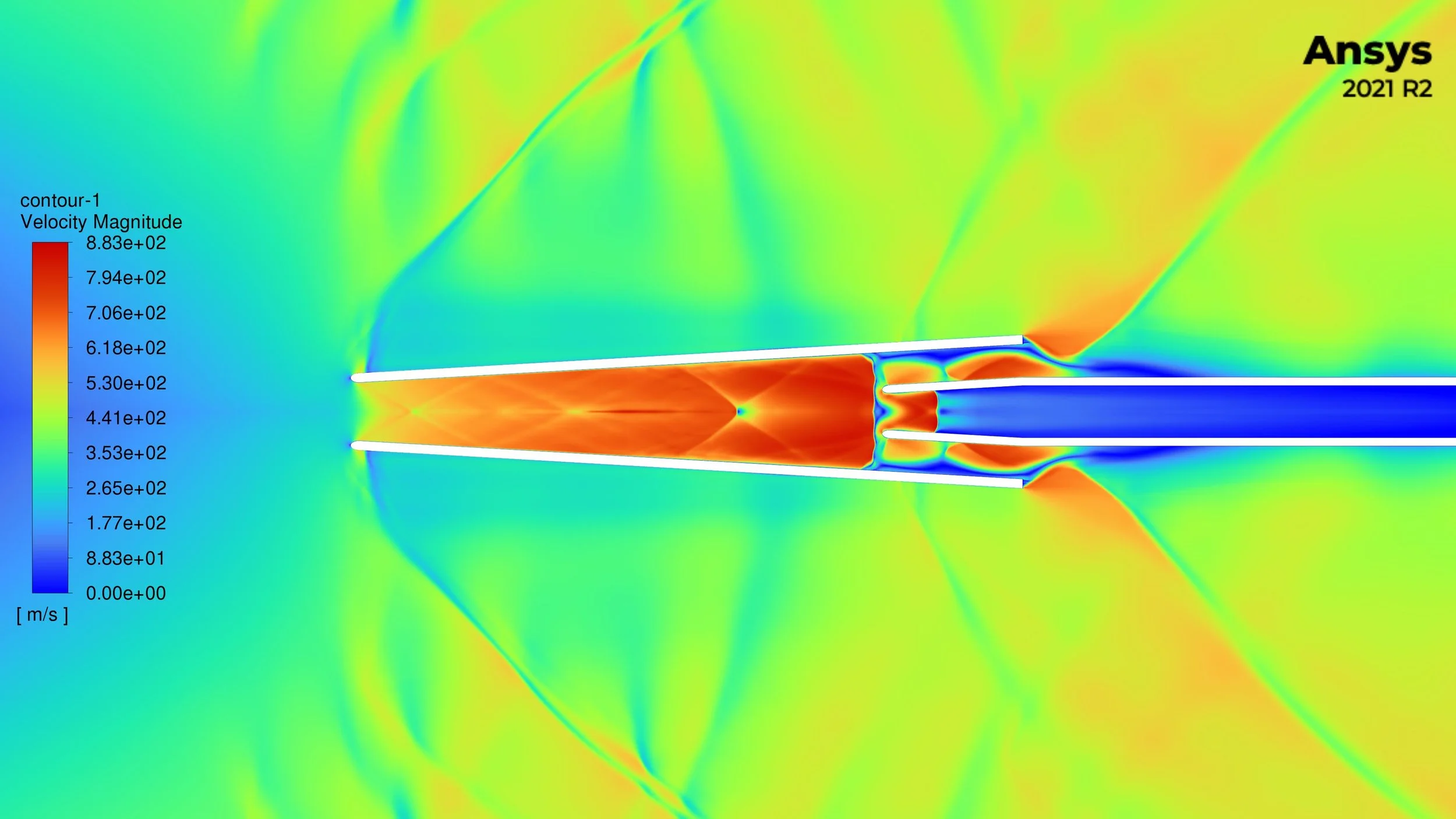Art: Macroscopic scale
This year we got 13 entries to the Microscopic scale competition. You can scroll down to see a preview of each entry. Some images may not appear complete, so you can click on the entry to see the full-sized image

#5- There’s a Wildfire in My Backyard! Quick, Set Up the MOUDI!!
Caption: Wildfires have been increasing in frequency and intensity over the last few years. The Airport Fire this year in Southern California came within 5 miles of my backyard. While "normal people" during this time might preparing for the worst, our lab was instead preparing for, and in some ways excited for, sample collection. I was motivated to submit and share this AAART with fellow atmospheric scientists who might relate to this sentiment.

#6 - Luminous Fallout: Deposition After Recreating a Biohazard Accident
Caption: Luminous Fallout: Deposition After Recreating a Biohazard Accident

#8 - Lucky Mistake
Caption: When performing an ambient sampling test with a BioSpot-GEM with a lit candle, I didn't realize until after I'd completed my sample that I hadn't wetted the sampler's wicks, meaning the test was presumably useless. However, after photographing the SEM stub I was sampling onto, I noticed a ‘clover’ pattern, which was odd since my sampling nozzle was only a single bore. Although only 4-leaf clovers are considered lucky, this ‘3-leaf clover’ sample proved lucky as it helped our team characterize an interesting air flow effect from our 3 converging growth tubes and overfocusing of our single sampling nozzle!

#9 - A Call to Protect Air Quality for a Sustainable Future in Africa
Caption: A Call to Protect Air Quality for a Sustainable Future in Africa.

#10 - Focus on Aerosols
Caption: Aerosol science relies on high-precision equipment to reveal the finest details of aerosol physics. For this work, the focus of the trapping lenses had to be precisely aligned to ensure stable trapping of the micrometer-sized droplet within the cavity of a Fabry-Pérot interferometer.

#11 - MIT Low-Cost VOC Sensor Array in Cake
Caption: This work renders the MIT low-cost VOC sensor array in cake. Nearly all components are represented, and the wiring and tubing is largely accurate. The cake is a lemon sponge, drizzled with a lemon syrup, layered with fresh raspberries and lemon curd, and topped with a lemon cream cheese frosting. Additional components are made up of marshmallows, blackberry jam, and red vines. No longer in existence, this short-lived work delivered great satisfaction before it was consigned to the stomachs of attendees of Amanda Gao’s thesis defense party.

#13 - New Particle Formation in Lego
Caption: This work renders a 3D plot of a new particle formation event in Lego. The x-axis is time, the y-axis is particle size in logarithmic space, and the color/displacement represents the particle number concentration. The model is qualitatively based on new particle formation events observed during chamber experiments studying limonene oxidation in the presence of germicidal 222 nm light.

#14 - Up, Up, and Aerosols
Caption: Taken during the Vertically Resolved Nucleation Precursors at SGP (VRNPS) field campaign, the tethered balloon system (TBS) carried novel instrumentation to measure atmospheric sulfuric acid vapor (SAD-RCPC). Executed by the Jen Lab at CMU, the campaign combined vertically resolved and ground-level measurements to better understand nucleation precursors above the surface layer. The TBS, equipped with aerosol and meteorological instrumentation, was managed by Dari Dexheimer and her team from Sandia National Laboratories, with SAD-RCPC integration support provided by Casey Longbottom from the TBS group. Additional measurements and support by Dr. Chongai Kuang and Darren Cheng.

#17 - Pigs in Space
Caption: Microgravity Water Based Condensational Particle Counter circuit board for the International Space Station

#20 - Two Worlds Apart: Pyrolysis and Oxidation
Caption: This is the newly introduced Planar Mixing Layer Flame, a non-premixed boundary layer flame that relies on flow impingement and buoyancy to stabilize an unconfined thick planar flame. As the title suggests, pyrolytic and oxidative processes are separate in this flame, where the blue chemiluminescent zone coincides with the oxidation layer, and the orange luminosity is produced by thermal radiation emitted by soot. This allows soot formation to be studied without the influence of oxidation. Soot is the second leading anthropogenic contributor to climate change and affects human health through particulate inhalation, so its study is imperative.

#21 - Velocity Of Imagination
Caption: What began as a Computational Fluid Dynamics simulation of an Aerosol sampling inlet in ANSYS Fluent morphed into an accidental piece of abstract digital art, thanks to a single skewed mesh cell. The vibrant contours of velocity flow now dance in a stunning display of energy and form, where fluid dynamics meets the world of psychedelic rainbows! Sometimes, even simulations need to express themselves.
Boundary conditions:
Inlet: Pressure far field, 0.4 Mach, 85000 Pa
Outlet : Mass flow outlet, 0.0005 Kg/s

#24- Synthesis in Progress...
Caption: The resulting luminosity from synthesizing lithium-ion battery electrode material in a Flat, Premixed Droplet-Seeded Flame (FPDSF) experimental facility in the Flame, Aerosol, and Nano Technologies (FANTastic) Lab at the University of Connecticut is a brilliant red. The blue chemiluminescence comes from a coaxial flame that shields the central synthesis flame. The finely structured material formed in the flame from micron-scale droplets of water-soluble precursors is deposited thermophoretically on a water-cooled plate onto which the flame impinges.

#26 - The Aerosol Intricacies of Chicken Coops (Aerosol Sample on TSA Chloramphenicol Plate)
Caption: This sample collected using a WWC (Wetted Wall Cyclone; developed in the Aerosol Technology Laboratory at Texas A&M), represents a quest to understand the vast microbial diversity in a chicken coop. An aliquot of 100 μL was pipetted onto the TSA-Chloramphenicol plate and spread using a glass spreader. The plate was incubated at 37°C for 48 hours. TSA (Tryptone Soy Agar) is a rich agar medium used to grow microbiomes. Chloramphenicol, a strong broad-spectrum antibiotic, inhibits bacterial protein synthesis by binding to the 50S ribosomal subunit.